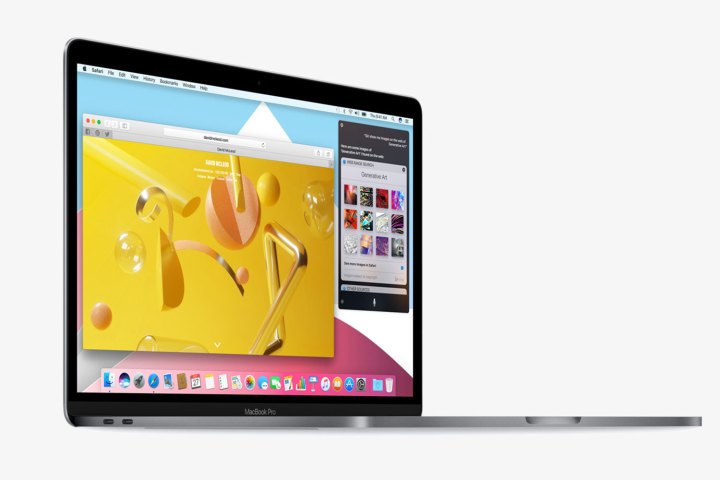
The data is most impressive because it’s based on just five days of sales for the 2016 MacBook Pro. In that brief span, the MacBook Pro generated 78 percent of the revenues that the diminutive MacBook has generated since its introduction on April 10, 2015. Generally speaking, the new MacBook Pro has already generated more revenue than any other notebook in 2016.
Compared to the competition, the 2016 MacBook Pro has generated more revenue in its first five days than a number of competitive machines have since they were introduced. This includes Microsoft’s Surface Book, the Asus Chromebook Flip, Dell’s Inspiron 2-in-1, and the Lenovo Yoga 900.
These results are particularly important for Apple’s long-term success, as Slice Intelligence points out. In the two years since the previous MacBook Pro refresh in 2014, fully 40 percent of Apple’s notebook customers moved on to other vendors. Dell and Asus were the biggest beneficiaries, with each gaining roughly 7 percent of Apple’s customers.
While seeming like very good news for Apple, it’s entirely possible that these significant sales gains represent pent-up demand for new MacBook Pro hardware. The Windows 10 notebook ecosystem hasn’t been standing still, and time will tell if Apple can maintain these sales levels against excellent alternatives like Dell’s popular XPS 13 and the new thin and light — and more affordable — 2-in-1 convertible machines from HP, Lenovo, and others.
Slice Intelligence gathers its data from 4.4 million online shoppers, so it doesn’t track all sales from every channel. Therefore, there’s room for interpretation of this data, although a general conclusion has to be that, at least initially, Apple is enjoying some renewed vigor when it comes to selling MacOS hardware.
If the MacBook Pro is still selling at these levels in six months or so, then we can mark this as a tremendous success. Otherwise, it’s possible that Apple’s perceived lack of innovation could end up costing it even more customers as the market continues to move forward around it.




